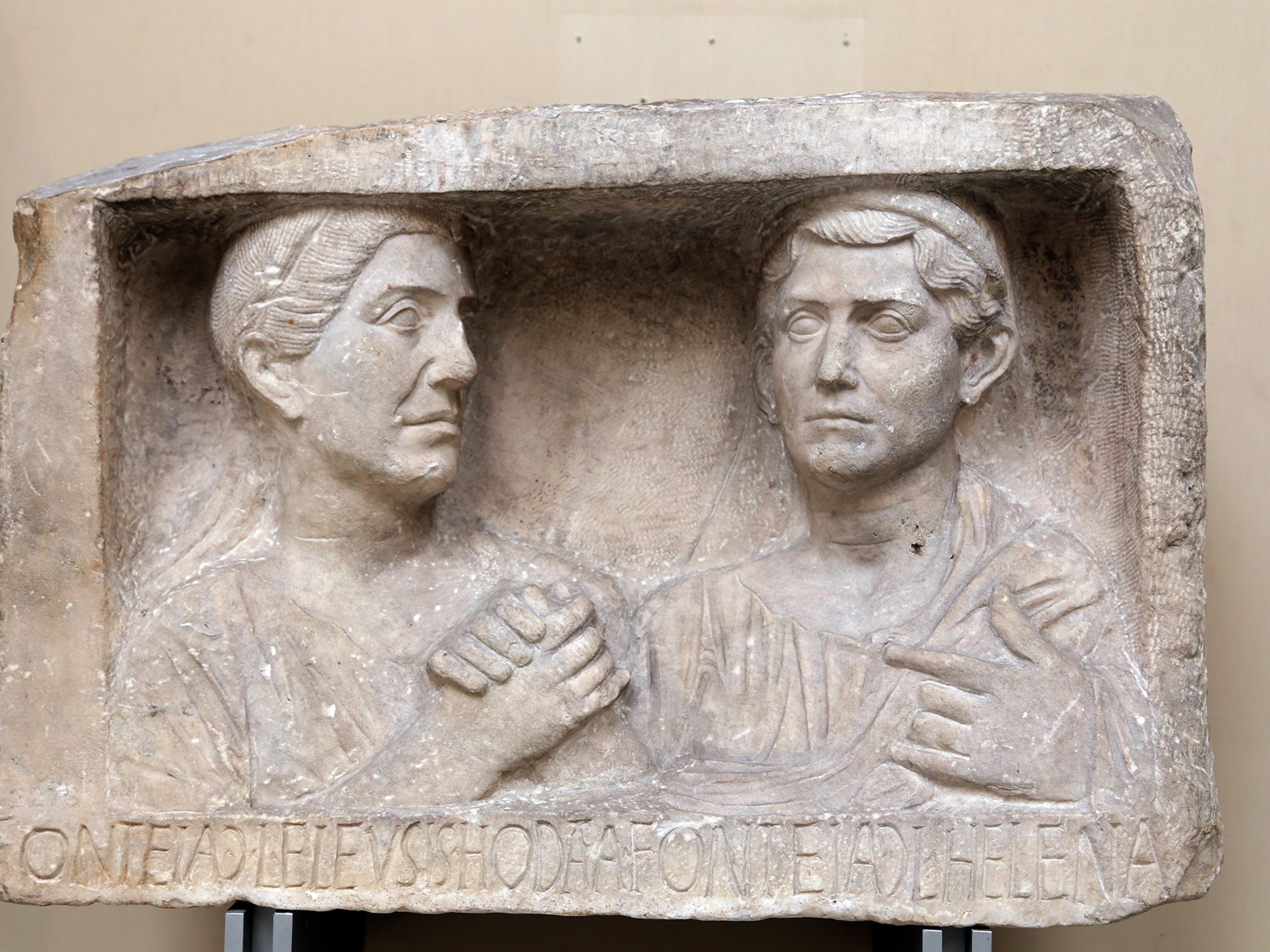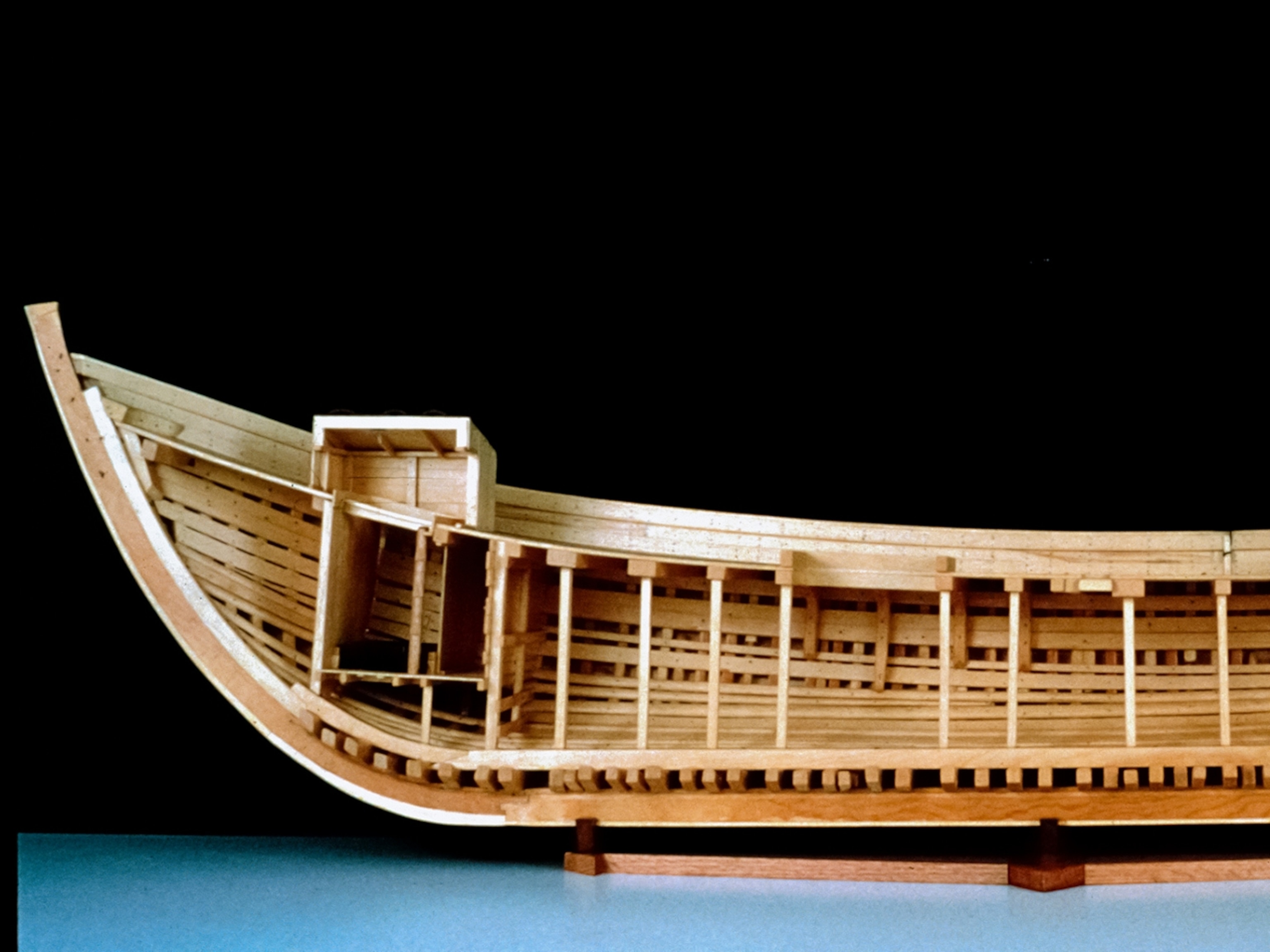It was the last hour of the last day of a long, frustrating dig, and Calliope Limneos-Papakosta was ready to go home. For 14 years the Greek archaeologist had been scouring Shallalat Gardens, a public park in the heart of Alexandria, Egypt, for traces of Alexander the Great, the ancient conqueror-turned-pharaoh who gave the city his name. Now it was time to leave—empty-handed.
Then a bit of soil shifted in the pit and Papakosta’s assistants called her over to inspect a piece of white marble poking out of the dirt. She had been disappointed in the dig, but when Papakosta saw the flash of white stone, she felt a surge of hope.
“I was praying,” she says. “I hoped that it was not just a piece of marble.”
Her prayer was answered. The artifact turned out to be an early Hellenistic statue bearing every hallmark of Alexander the Great. It was a powerful incentive for the discouraged archaeologist to keep digging.

Seven years later, Papakosta, who directs the Hellenic Research Institute of the Alexandrian Civilization, has dug down 35 feet beneath modern-day Alexandria and uncovered the ancient city’s royal quarter.
“This is the first time the original foundations of Alexandria have been found,” says Fredrik Hiebert, archaeologist in residence at the National Geographic Society. “It gave me goosebumps to see it.”
And the site may yield one of archaeology’s biggest prizes—the lost tomb of Alexander the Great.

Rising seas, sinking site
Once the world’s most powerful leader, Alexander was just 20 years old when he became king of Macedonia following the assassination of his father, Philip II, in 336 B.C. Over the next 12 years the brilliant, ambitious Alexander toppled every rival empire in his path, including Persia and Egypt, where he declared himself pharaoh. The restless warrior died in 323 B.C. at age 32. His remains did not rest easy.
After being argued over by his advisers, Alexander’s body was buried first in Memphis, Egypt, then in the city that bears his name. There, his tomb was visited and venerated like the temple of a god.
But Alexandria and its founder’s tomb were under threat—not from invading forces, but from nature. In 356 A.D., a tsunami inundated the city. The disaster marked the start of a long era of earthquakes and rising sea levels. (Sea level rise still threatens Alexandria today.)
As the sea encroached to the north, the waters of the Nile Delta on which Alexandria is situated caused the ancient part of the city to slowly sink at a rate of up to 0.25 centimeters a year—as much as 12 feet since Alexander’s time. The city survived, building over its ancient portions and ballooning to a population of more than five million.

Over time the city’s foundations were buried and forgotten, along with the location of Alexander’s tomb. Though ancient authors such as Strabo, Leo Africanus, and others described the tomb, its location relative to the modern city remains a mystery.
The tomb’s murky location hasn’t kept archaeologists from searching for it. Records exist of more than 140 officially sanctioned excavations, all of which failed. But the tomb’s elusiveness has only increased its cachet: To find Alexander’s tomb would be on par with discovering Tuthankhamun’s.
Shovels, pumps, and persistence
Hope of a historic find keeps Papakosta digging, guided by ancient accounts and a 19th-century map of Alexandria before its boom. She also uses modern technology, such as electrical resistivity tomography (ERT), to determine where to dig. ERT passes an electrical current into the soil to measure resistance and detect subsurface objects. So far, her team has identified 14 anomalies that may be structures far beneath the ground.
Using these and other methods, Papakosta is uncovering more and more of the city’s ancient royal quarter—including a Roman road and the remains of a massive public building that could point to Alexander’s tomb.
But each discovery is hard-won. “I’m happy that I did not give up when I first arrived at the water table,” says Papakosta, who had to engineer an elaborate system of pumps and hoses to keep the site dry enough to excavate. “I was insistent and continued. I go on.”
That persistence over many years of slow, muddy work sets Papakosta apart, says Hiebert. “It's rare in my experience to find someone who's stayed at a single site for 21 years.” He compares Papakosta to a boxer who falls down, then dusts herself off and goes back into the ring. “She goes the full nine rounds.”
Over the years, Papakosta has become increasingly convinced that she’s closing in on Alexander’s lost tomb. She tempers her optimism, though, with a healthy dose of realism.
“For sure, it’s not easy to find it,” she says. “But for sure, I am in the center of Alexandria in the royal quarter, and all these possibilities are in my favor.”





